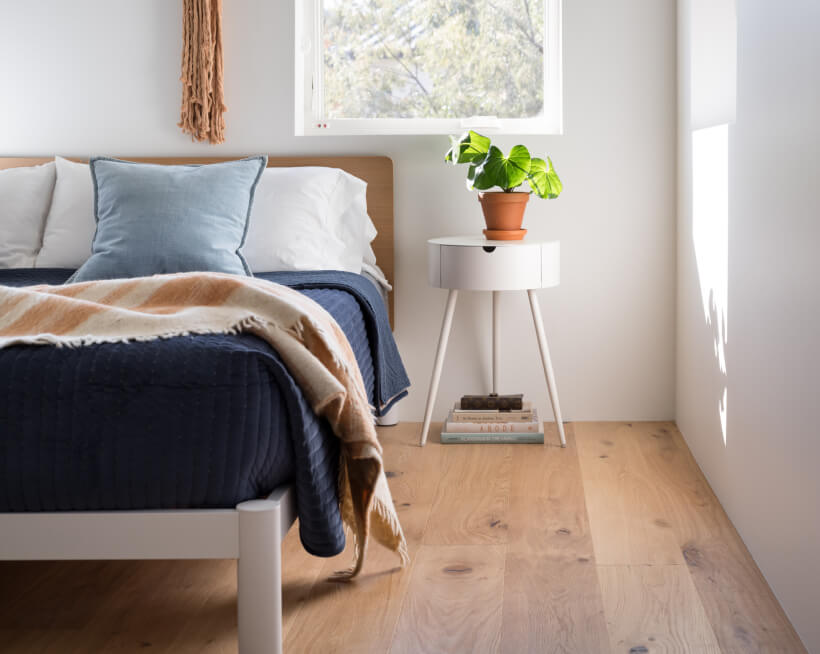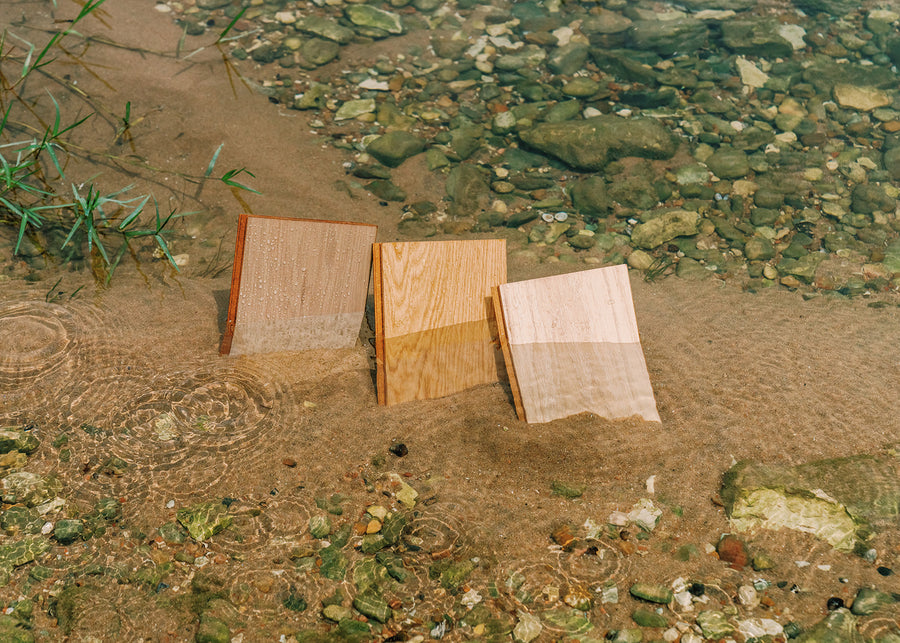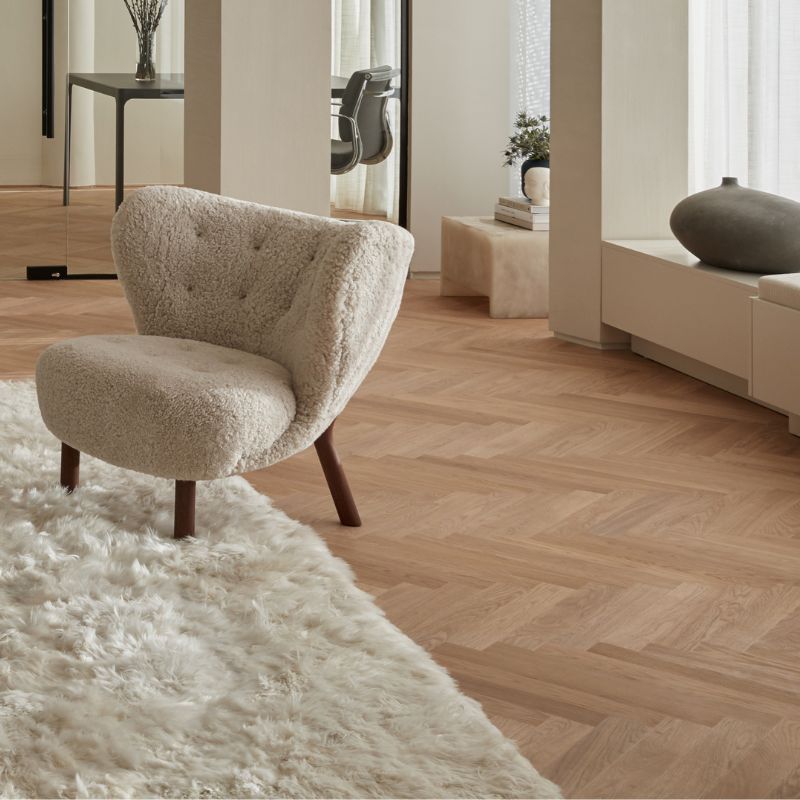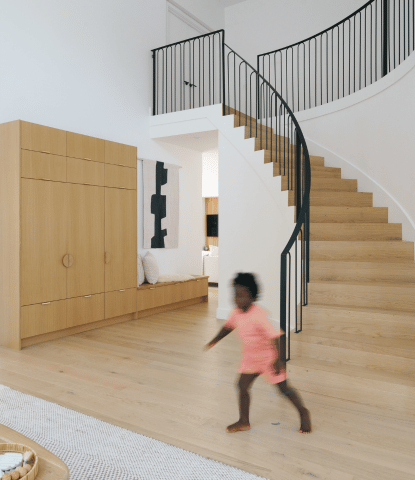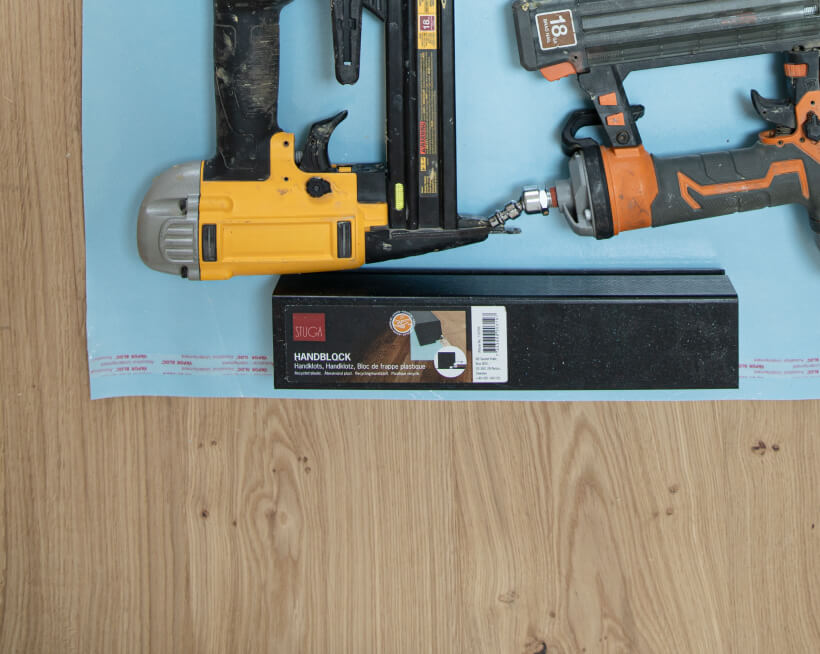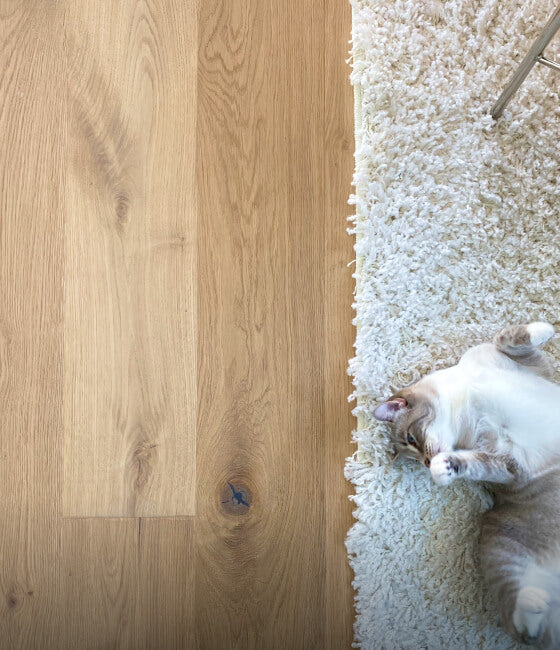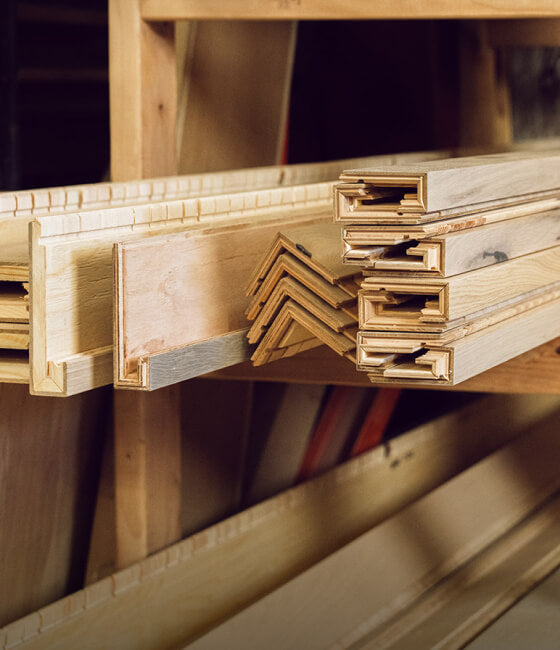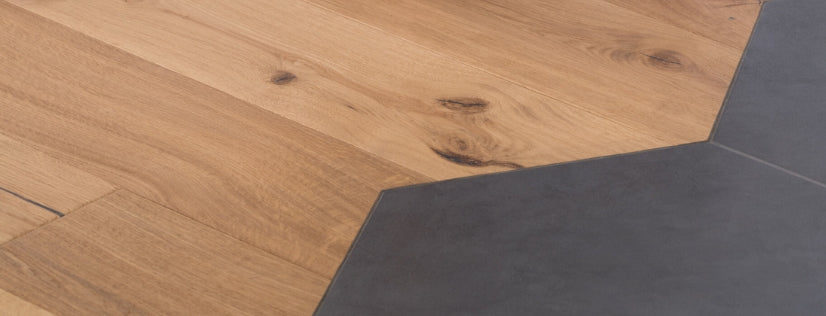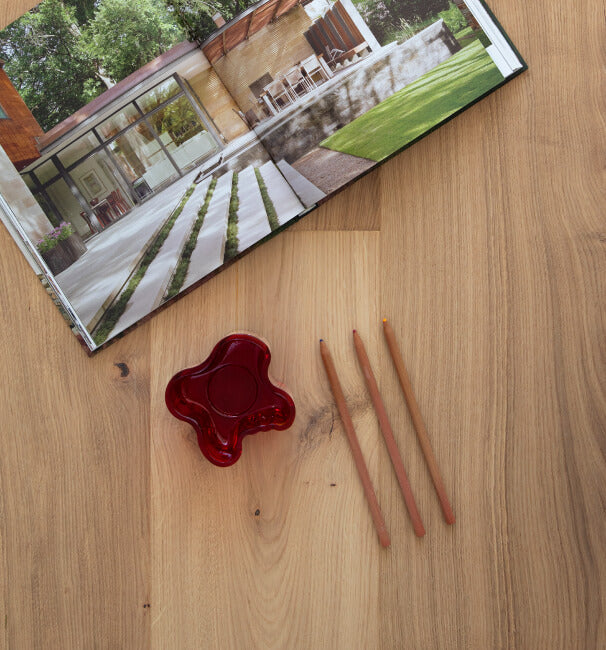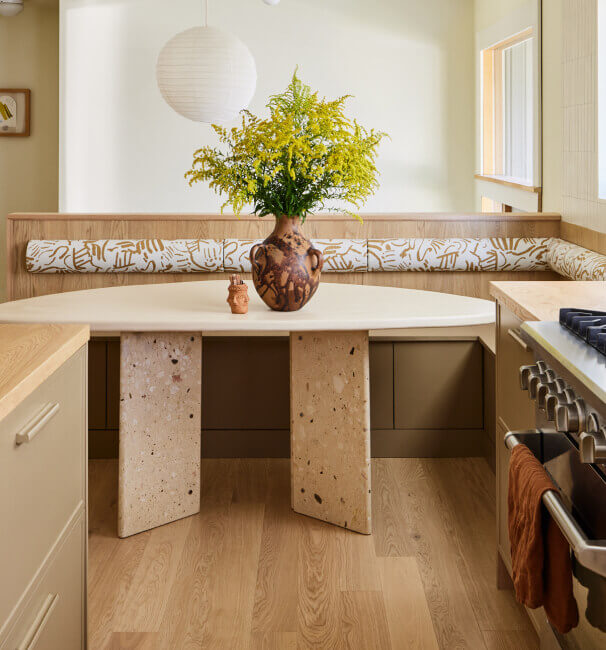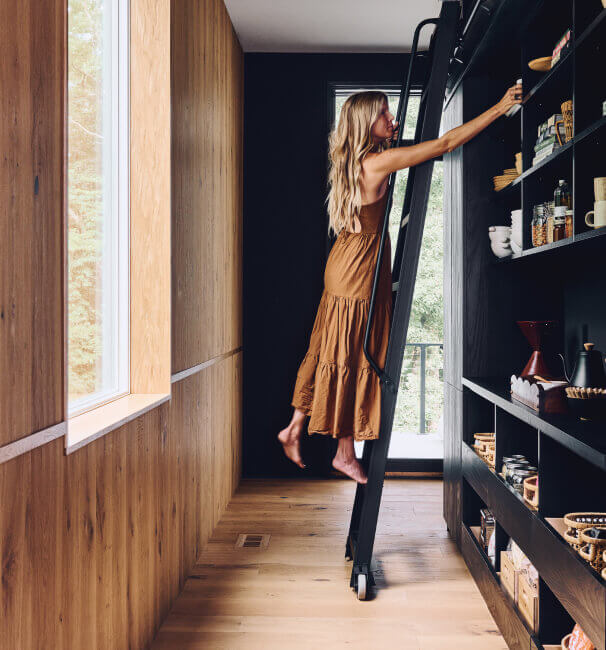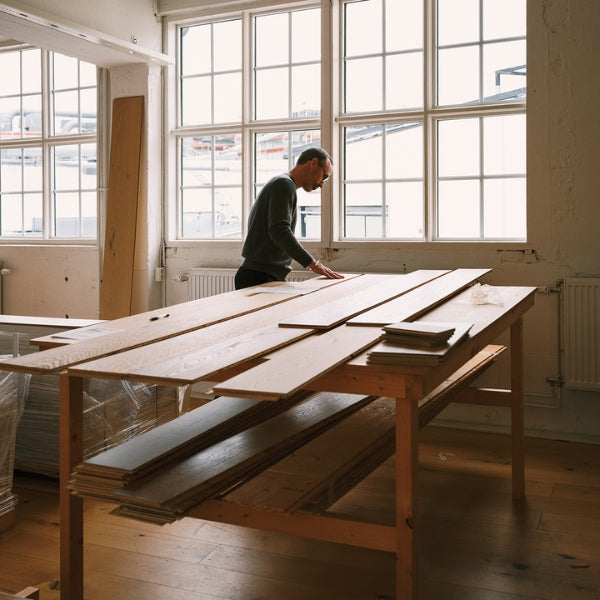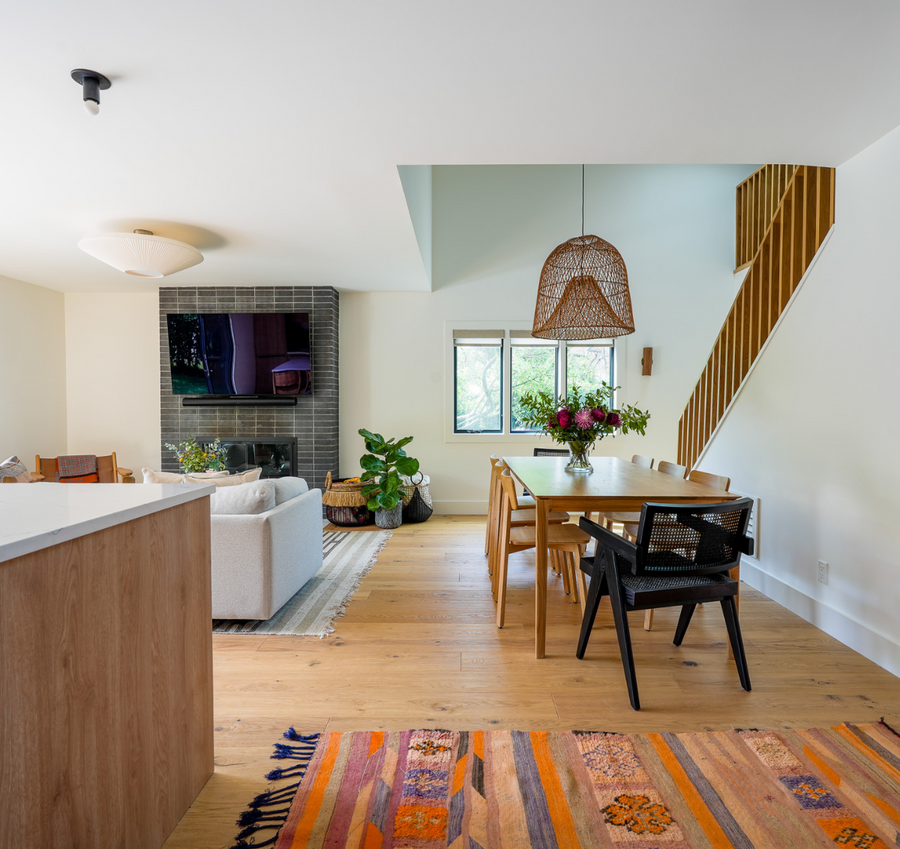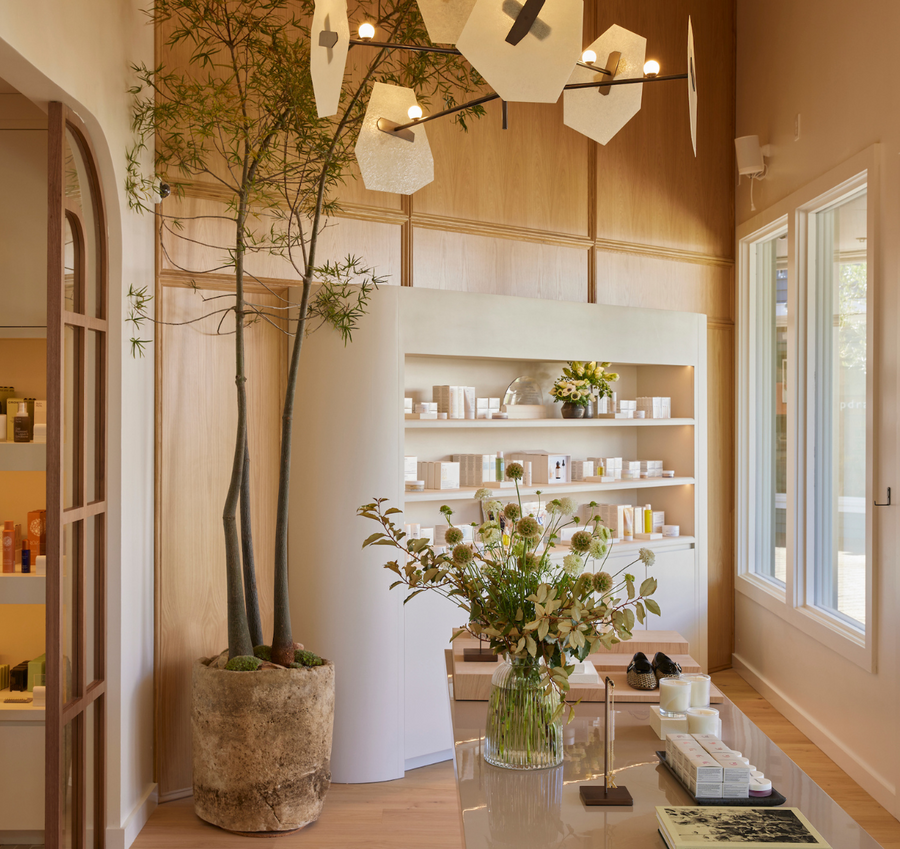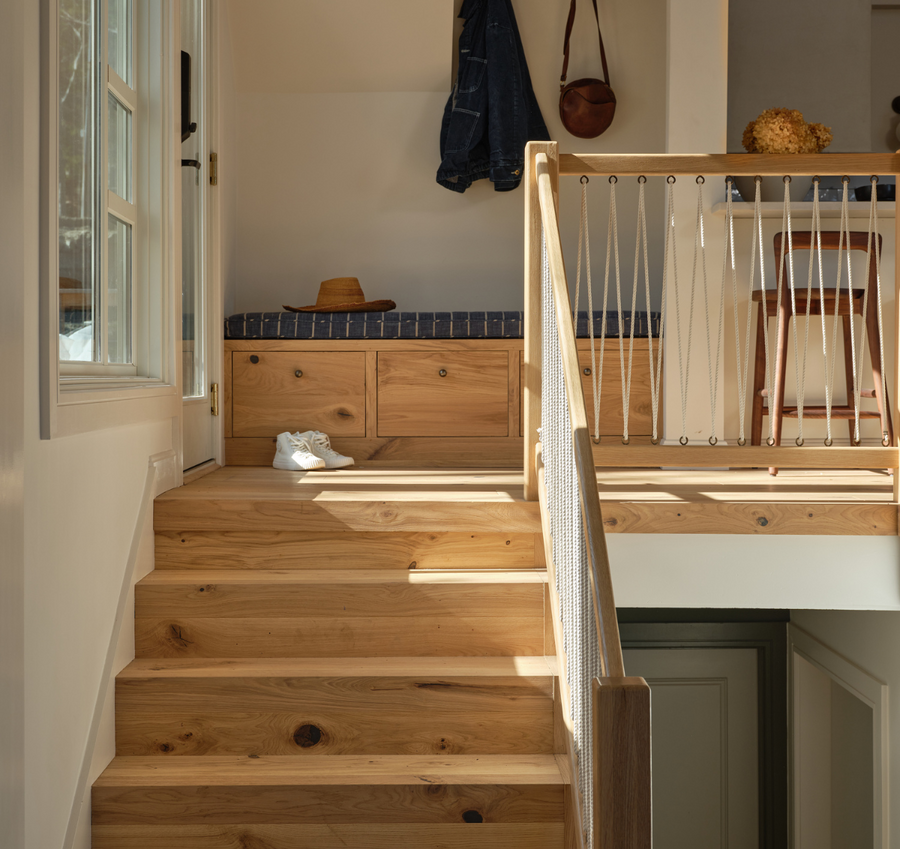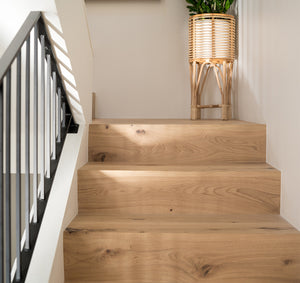April 11, 2024
Are Hardwood Floors Tax Deductible? + Other Questions You Didn’t Know You Needed to Ask
by Lauren Jones

Design: Lauren Cabral | Photo: Jessica Brydson | Floor: Faye
Whether you are renovating a new home or updating your current flooring in your well-loved family residence, there are many questions to consider, some you may not even think to ask. That’s where we come in. Flooring is a big investment, so you should have all the information before finding the right floor for your space.
We went through some of our most-asked questions and recent emails to share our best advice.
How do I see which floors are in stock and can I pre-order?
Yes, we show available square footage on each of our flooring pages. When a product is out-of-stock or low in stock, click the "i" icon to see when we expect more from our European manufacturing partners.
To preorder flooring, you can simply place an order as normal, and our team will ship it out once the next available material arrives in our warehouse. If you'd like, we can also delay your order for free — just select your ideal ship date at checkout and we'll set your floors aside until then.
Are hardwood floors tax deductible?
With tax season right around the corner, now is the time to consider updating your flooring, something you’ll enjoy for years to come that will also be a future selling point.
New flooring is typically considered a capital improvement, which has tax benefits when you go to sell. Capital improvements include additions to a property that raise its value, energy-saving features, or adaptations for future use. They reduce your tax burden by increasing the cost basis of your home — that means, when it comes time to sell, any capital gains taxes you might owe would be reduced.
Furthermore, new flooring elevates the look of your home, is universally appealing, offers a sense of permanence, and is a better environmental choice than toxic LVP.

Can other floors besides Old Town and Sisu be laid in a herringbone pattern?
Yes, any of our floors can be cut down and customized on site by your contractor for a custom herringbone floor. Here are two examples of past projects showcasing herringbone in Fika and Shell, two of our most popular blondes.
What installation methods can you use with a radiant heat system?
We recommend floating when installing over a radiant heat system. If you or your installer would like to glue down instead, written approval (via email) is needed from the glue manufacturer. You cannot staple down over a radiant heat system.
What's the best time to remodel?
Spring is a great time to add new flooring to your home. Not only is the weather likely more temperate, but if you start your remodel now your home will be completed by the summer, so you can enjoy sunny days with your family in your home and not have to deal with construction qualms. That being said, you can install our floors year-round.

What is the most popular installation method? Is floating or gluing a floor good for a lake home where moisture is a constant issue?
When deciding on which installation method to use, it comes down to what you and your contractor decide is best.
If you are planning to install Stuga floors over tile, other hardwood floors, or LVP, floating is the only installation method. For floating installations, it’s best to purchase our underlayment, which is antimicrobial and protects from moisture. It works wonderfully over radiant heat systems, plus has excellent acoustic ratings, which means it will reduce step sounds. Floating is a favorite for DIYers.
If gluing, you can glue our floors directly to the wood or concrete subfloor. Gluing is a great option for customization yet tends to be the most costly and takes longer to install. We recommend Bostik GreenForce and Bona R851 glue as a moisture barrier to keep your floors under warranty. These glues are also approved for radiant heat.
Stapling is the most popular installation method with custom home builders. It feels good underfoot and is easy to repair and replace damaged boards.
Any of the three methods can mitigate moisture damage from below, as long as underlayment (for floating & stapling) or moisture barrier adhesive is used. To block moisture from above — say, wet feet from a day at the lake — we recommend choosing a floor from our Rebels collection. They're waterproof and worry-free.
Do you have any preferred installers in my area?
Yes! We are currently building out our list of preferred installers, but have many that we recommend. Check out our map to view preferred installers in your area. Plus, get to know our Central Texas installer, BJ Brown, in our recent blog.
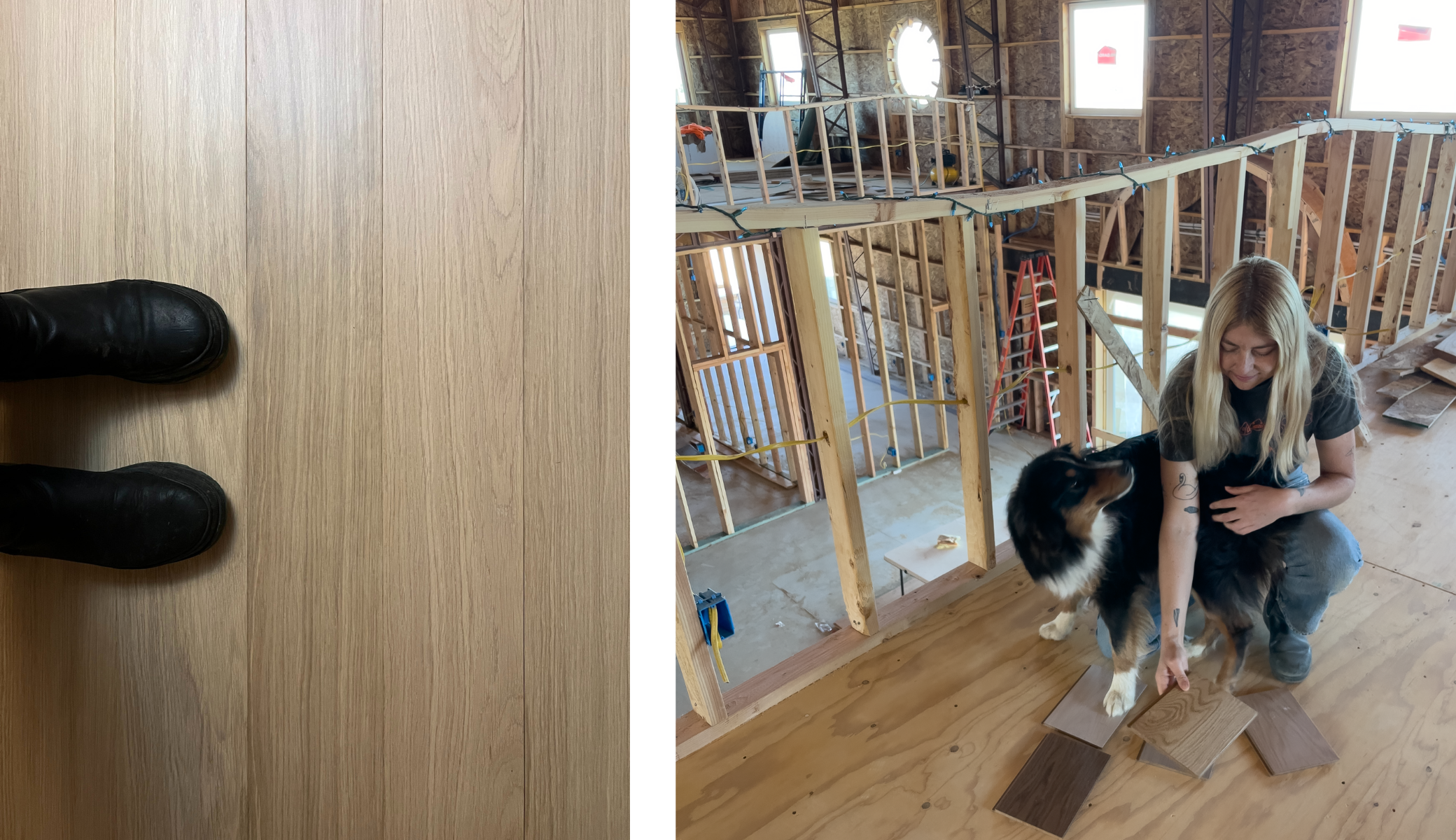
What are the Rebels and how do they differ from LVP?
Our new Rebels collection includes seven-layer floors that feature real white oak, waterproof joints, and a reinforced interior for impressive durability. Plus, they are crafted in Europe. The Rebels are 3-5x times stronger than traditional engineered hardwoods and are more sustainable as they use 10x less wood.
While LVP, luxury vinyl plank, has been a popular choice for renovators and home flippers over the years, hardened wood is a much better choice when considering health, beauty, cost, and longevity.
According to the Environmental Protection Agency, real wood floors improve indoor air quality. Meanwhile, LVP is made from polyvinyl chloride, a known cancer-causing material.
The Rebels are also GreenGuard Gold certified, a chemical and VOC testing process that certifies a product as low-emission. Because the Rebels are real wood, they offer one-of-a-kind beauty and warmth, have a lifetime residential warranty, and are just as cost-effective as LVP (without the toxins!)
How can I see the similarities and differences between your floors?
The families page showcases our floors by cost and tone. Looking for a blonde hardwood floor? Check out our collection of blondes where you can look at individual floors, see related floors (that our team thinks you would enjoy), compare specs, and add free samples to your cart. This page allows you to dive deeper into our offerings and add as many free small samples to your cart as you’d like.

I love the look of Shell but don’t want the maintenance of an oiled floor, do you have other non-oiled floors in similar tones?
Shell is a Stuga favorite, and for good reason with its unique knots and cracks, inviting tan hue, and wide planks. Oiled floors, like Shell, should be re-oiled with our Satin Oil once every 6 months to one year in high-traffic areas.
If you’d prefer a non-oiled floor, Frida, one of our natural oak floors, has an ultra-matte acrylic urethane finish and a similar tone with plenty of warmth.
Can you use a steam mop to clean the floors?
No. Avoid a steam mop as it can damage your flooring and instead vacuum once weekly to keep your floors clean. If you want to mop, our floor cleaner and dry mop are the best options.
